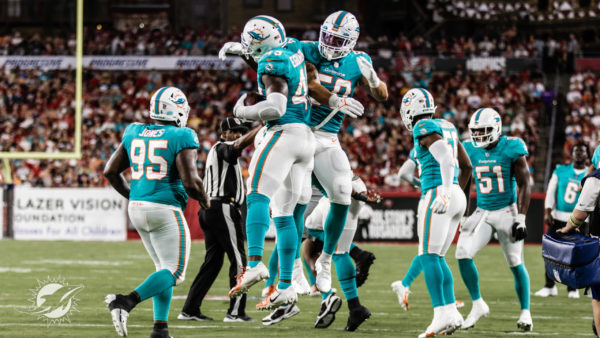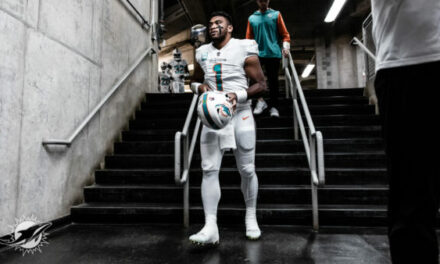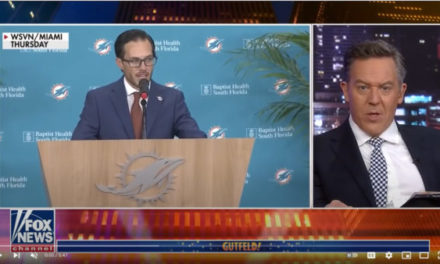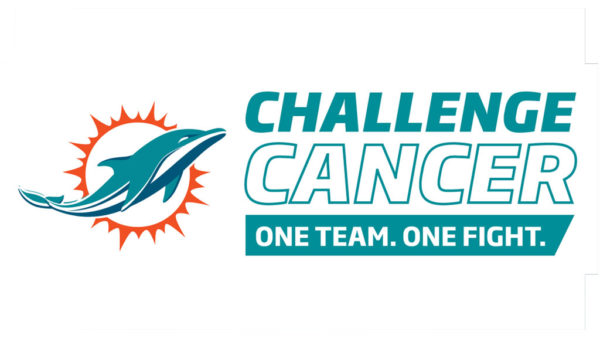
Miami Dolphins football returned on Saturday night as the Dolphins won a nail-biter in their preseason opener against the Buccaneers. Head Coach Mike McDaniel froze the kicker, and it actually worked.
Not a bad start for the rookie head coach, even if the game doesn’t count.
Even though the games don’t count, some storylines develop worth taking note of this time of the year. This isn’t panic mode, nor should any of these takeaways be taken as absolute fact; it’s just some observations.
Positives
Offensive Mindset
It’s no secret that Miami’s offense wasn’t good under the previous regime. They ran an archaic offense under Gailey and then a college offense under the *checks notes* three offensive coordinators they had last season. Blame the offensive line, the play callers, the head coach, the quarterback; it doesn’t matter.
What Miami did on Saturday night was very vanilla, but it was a glimpse into the McDaniel offense, which looks promising. Forget results for a second, and let’s focus on practice.
The Dolphins ran a ton of play-action with condensed formations, which created open windows in the middle of the field. Once Miami hit enough in-breaking routes, it opened up some windows vertically.
That’s modern offense and what is currently taking the NFL by storm. The running game doesn’t look up to par yet, but I thought—at first glance—the concepts were solid, and it was an execution issue.
The most telling play of the night came on Lynn Bowden’s 22-yard touchdown catch in the second quarter. Miami had just forced a turnover, and McDaniel dialed up a double move on the first play.
It was aggressive, calculated (set up earlier in the game by all of the in-breaking routes), and timely—three things Miami’s offense was sorely missing. It’s just the preseason and just one example, but it’s a good sign.
[pickup_prop id=”25461″]
Skylar Thompson QB2?
That header is a bit dramatic, but Thompson was legitimately impressive on Saturday night. He played the entire game and finished it with 218 yards, one passing touchdown, and zero turnovers. He also completed 71 percent of his passes.
Thompson didn’t make any jaw-dropping throws or make any crazy plays off-script, but he played within the offense and gave his receivers chances to make plays. He was a seventh-round pick destined to be QB3, so being able to say all of that after one game is impressive.
It’ll be easier to get a better sense of just how much Thompson was doing well when/if the All-22 is made available, but it’s hard to argue with what he showed.
Thompson’s experience turning his back to the defense on play-action, average mobility, and short area accuracy made him a natural fit in a Shanahan-style offense. However, there’s a chance he’s got more juice than some thought.
We’ll have to see if he’s a one-hit wonder or a legitimate contender to be a long-term backup in Miami.
🚨NEW🚨https://t.co/jTLjtUE3tr POST GAME WRAP UP SHOW with Mike and @DolphinsTalkTom. They recap and give their thoughts on the Dolphins' 26-24 victory over Tampa Bay! #FinsUP @ian693 @SameOldDolphins https://t.co/yp0RJiIVAS
— DolphinsTalk.com (@DolphinsTalk) August 14, 2022
General Standouts
There were a bunch of players that really flashed on both sides of the ball who haven’t been mentioned yet, so this feels like the right thing to do. Additionally, while I thought the defense played poorly as a whole, the couple of players had a strong outing based on the first watch.
Darius Hodge: The EDGE/LB from Marshall felt like he was getting pressure all night, especially at the end of the first half. He finished the night with a sack and a QB hit but showed some serious juice.
Trill Williams: This one is bitter-sweet because Williams looked like he suffered a nasty injury in the fourth quarter. Before that, Williams was doing some nice things at cornerback. He made some run stuffs and used his physicality well at the LOS.
Keion Crossen: Crossen had a nice PBU early in the game and has reportedly played well in camp. He might be the best CB4 Miami is going to find.
Cameron Goode: The seventh-rounder from California finished tied for second on tackles, had a pass breakup, and was constantly around the football. He profiles as a solid special teamer based on limited reps.
Tanner Conner: The UDFA from Idaho State finished with three catches and 25 yards, but more importantly appeared like he was ahead of Hunter Long on the depth chart.
According to NextGen Stats, Dolphins TE Tanner Conner has hit a max speed of 20.88mph — the fourth-fastest registered speed tonight
— Marcel Louis-Jacques (@Marcel_LJ) August 14, 2022
Lynn Bowden: Bowden’s touchdown was mentioned earlier, but he made a number of big plays in the game. He finished with three catches, 55 yards, and one touchdown on four targets. He also had an 18-yard punt return. Bowden’s been reportedly quiet during camp, so it’s interesting to see him make so many plays.
Negatives
The Dolphins Are Top Heavy
It’s the first preseason game, so we’ll say Miami’s overall depth is questionable in the spirit of not overreacting. This doesn’t apply to the skill positions on offense, but it does apply to the offensive line and, essentially, the entire defense.
Miami’s offensive line, specifically the tackle depth, isn’t good enough. Kion Smith, Robert Jones and Larnell Coleman all struggled at various points on Saturday night. They are potentially next in line if Terron Armstead goes down with an injury. Essential to remember Armstead has never played an entire season.
Moving to the defense, the back seven really struggled. Noah Igbinoghene, Brandon Jones and the linebackers collectively helped blow a coverage that led to Tampa’s first touchdown. De’Angelo Ross and Elijah Hamilton got picked on quite a bit throughout the game.
The linebackers, Sam Eguavoen specifically, missed several tackles in the first half that led to big plays and extended drives.
The defensive line had a couple of good moments, but players like Benito Jones really struggled to hold up against interior runs. John Jenkins was a little more stout than Jones, but his lack of pass rush juice is very apparent.
There’s an argument to be made that linebacker is the weakest position group on this team, and one injury to the secondary could have some rough consequences. Again, it’s just one game. But right now, the Dolphins’ roster looks top-heavy in many spots.
The Running Game
Miami finished with 49 yards rushing on Saturday night. 41 of those yards came on two carries, one by Thompson and one by Myles Gaskin. Take those away, and Miami ran for eight yards on seven carries.
That works out to roughly 1.14 yards a carry, which is suboptimal. As mentioned above, the error seemed to be more execution-oriented than design—that it’s a good sign if it holds up after review. Also, Miami didn’t have their best-running backs or two best offensive linemen.
However, both of Sony Michel’s carries came with 3/5ths of Miami’s projected starting line on the field, and he ended up with -2 yards.
It’s hard not to pause when seeing those numbers and watching the Dolphins’ offensive line get smacked around in the trenches all night. It’s too early to panic, but it seems like getting the offensive line to create movement in the outside zone is still a work in progress.














“hey ran an archaic offense under Gailey”
— Gailey’s archaic offense scored 404 points… the most points from the dolphins in any season since 1986 (36 years ago). The big question for this season is whether McDaniel, with a far upgraded talent pool, can match or exceed Gailey’s excellence!!!